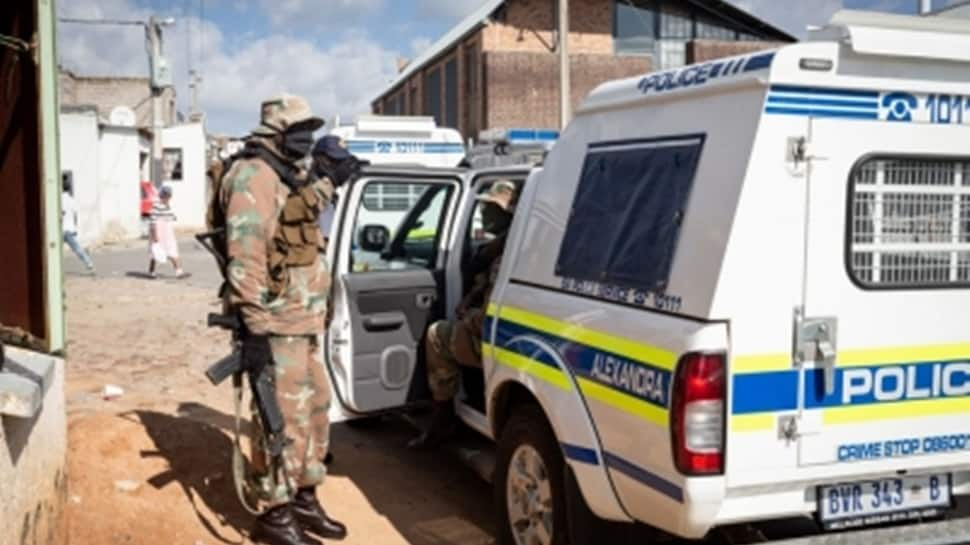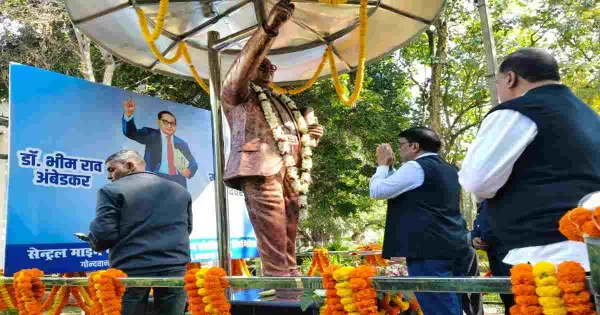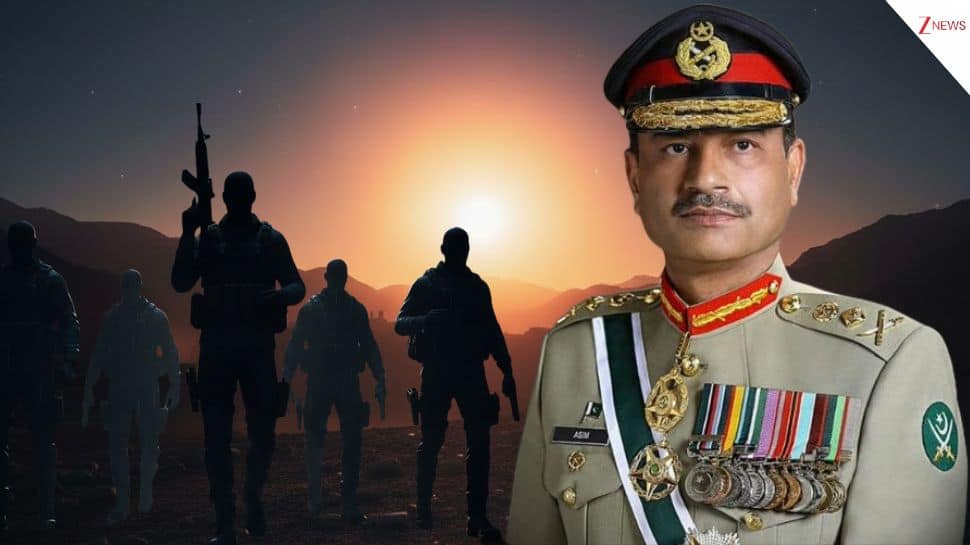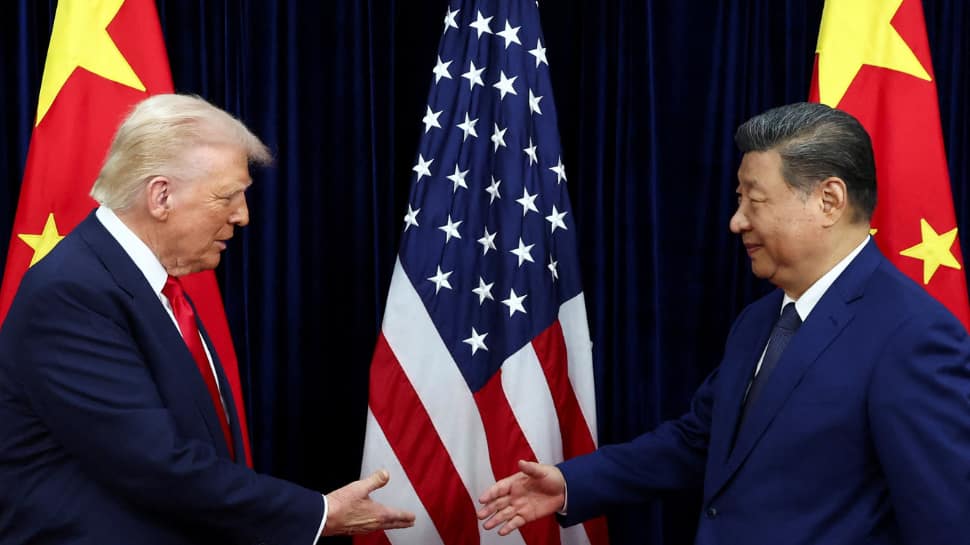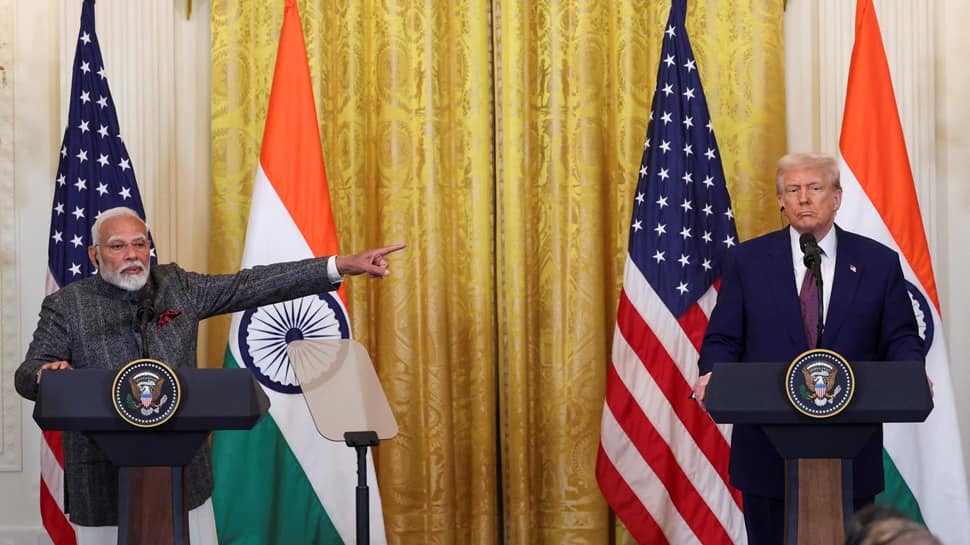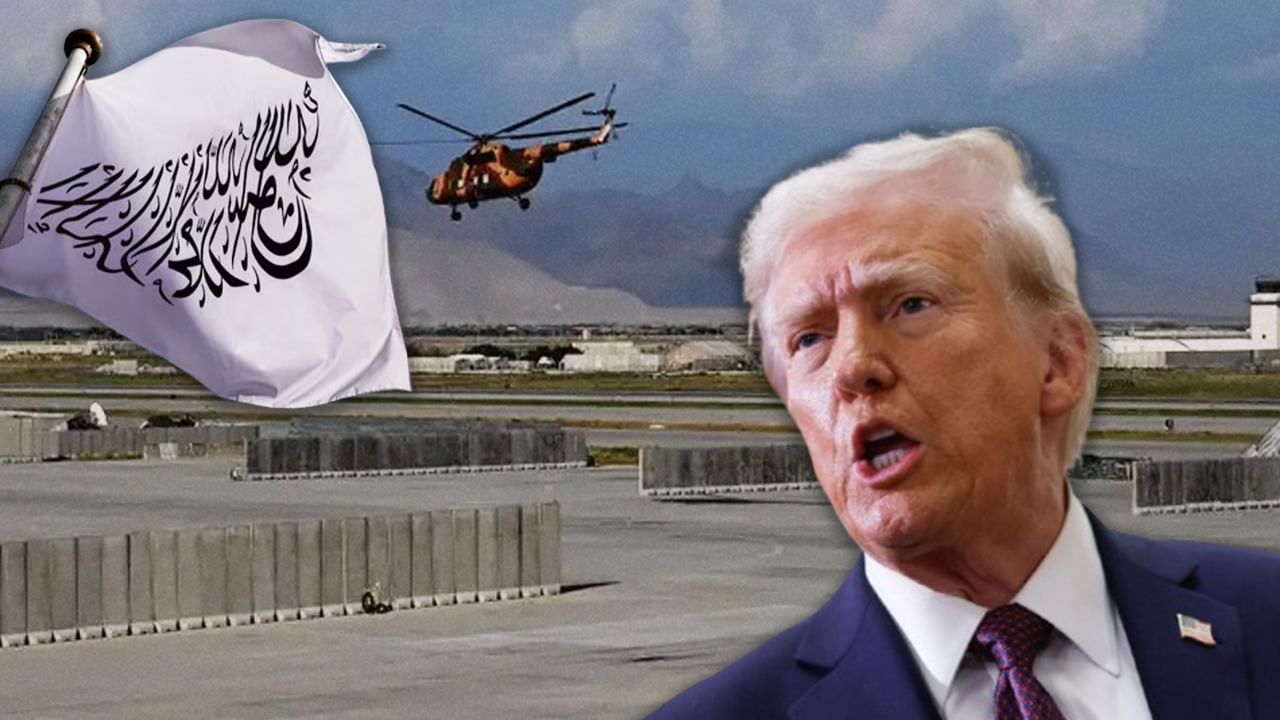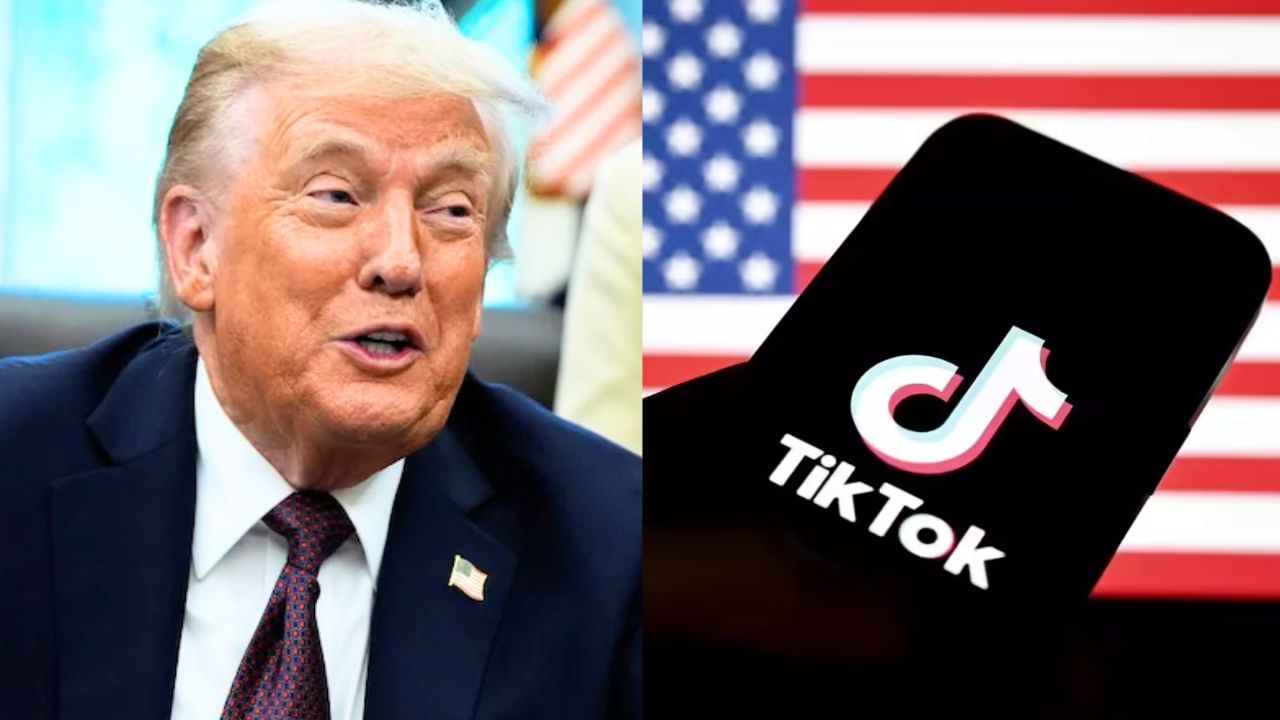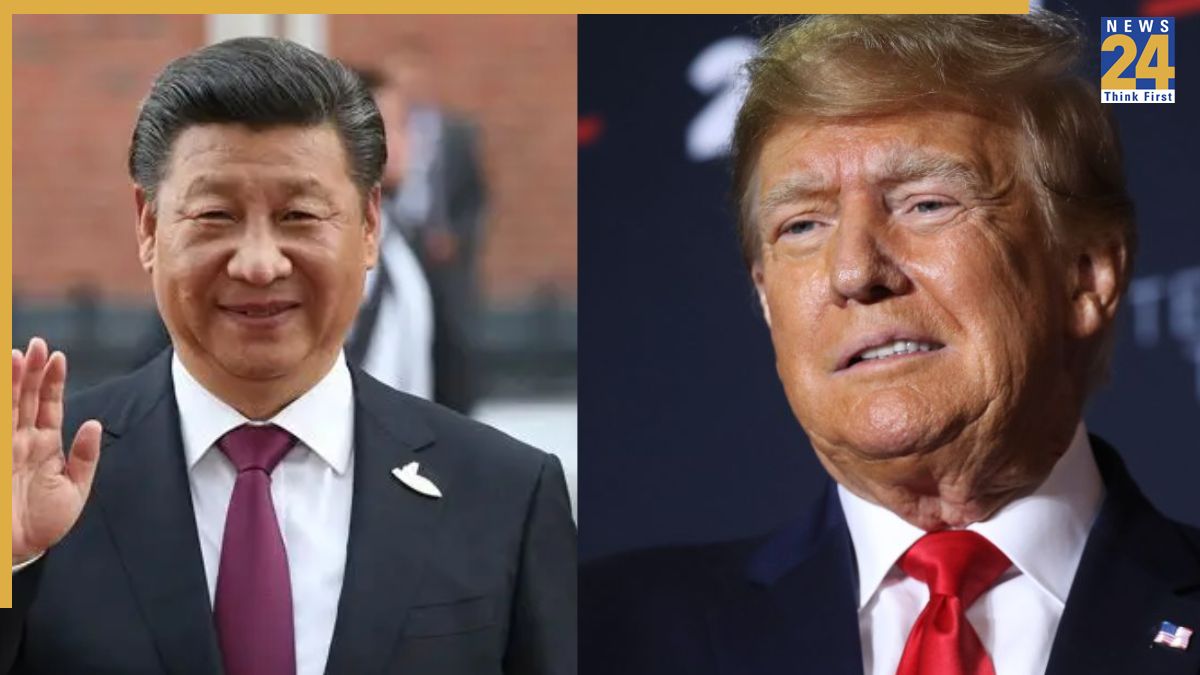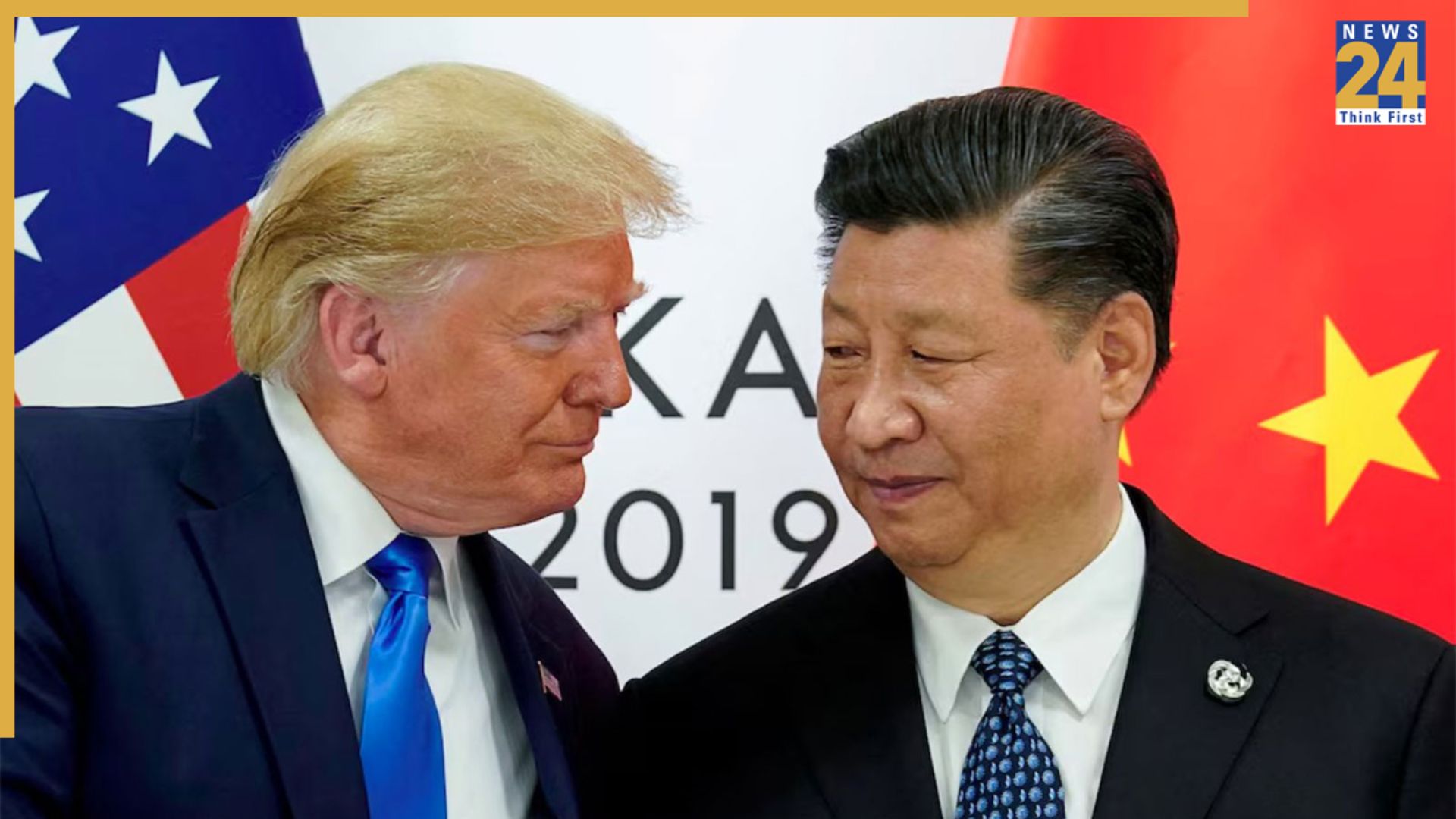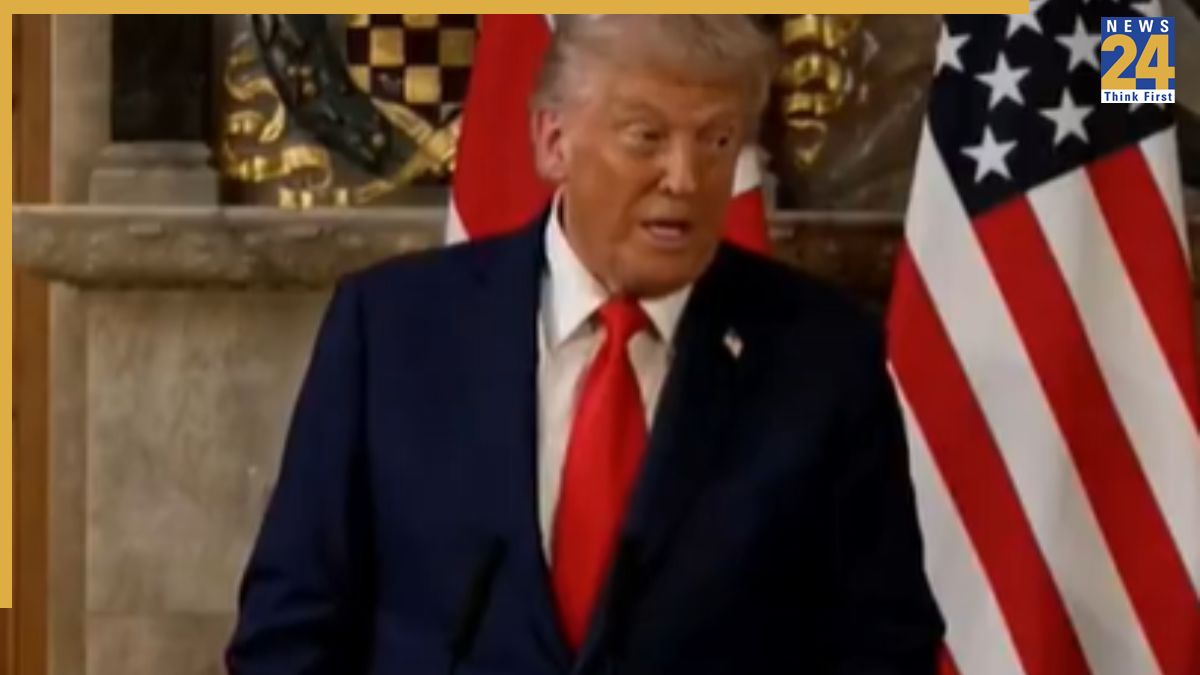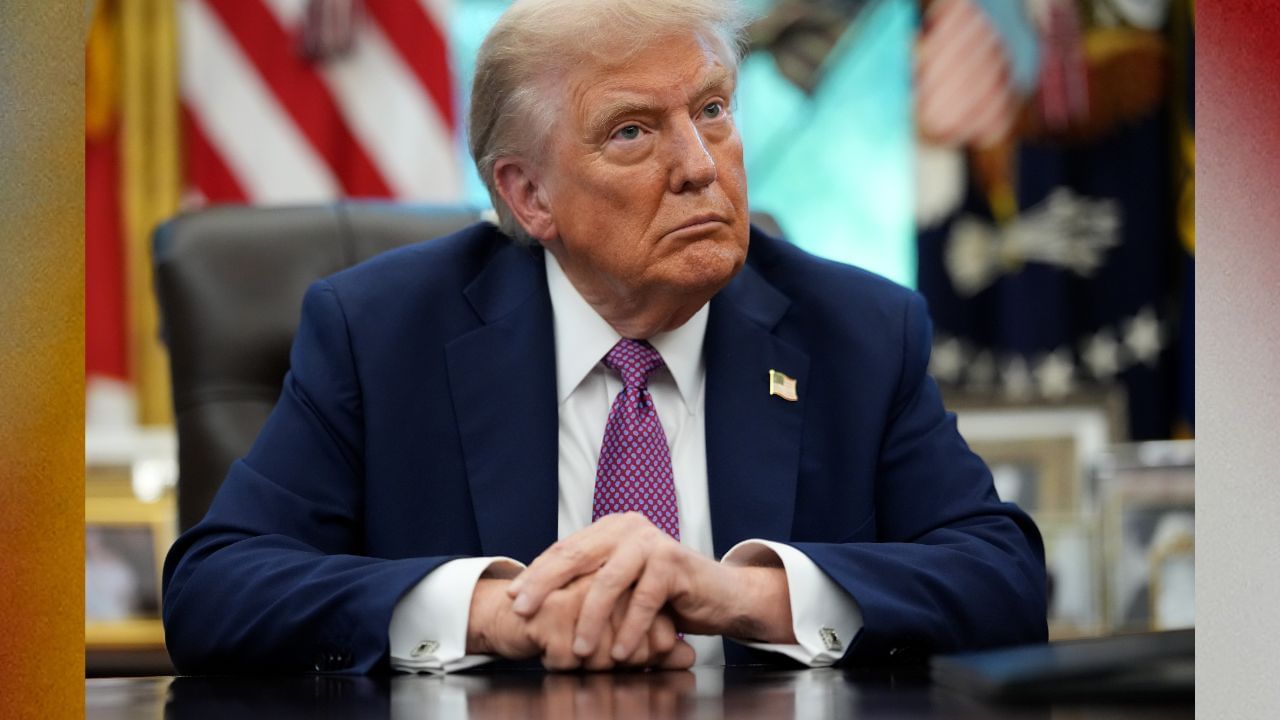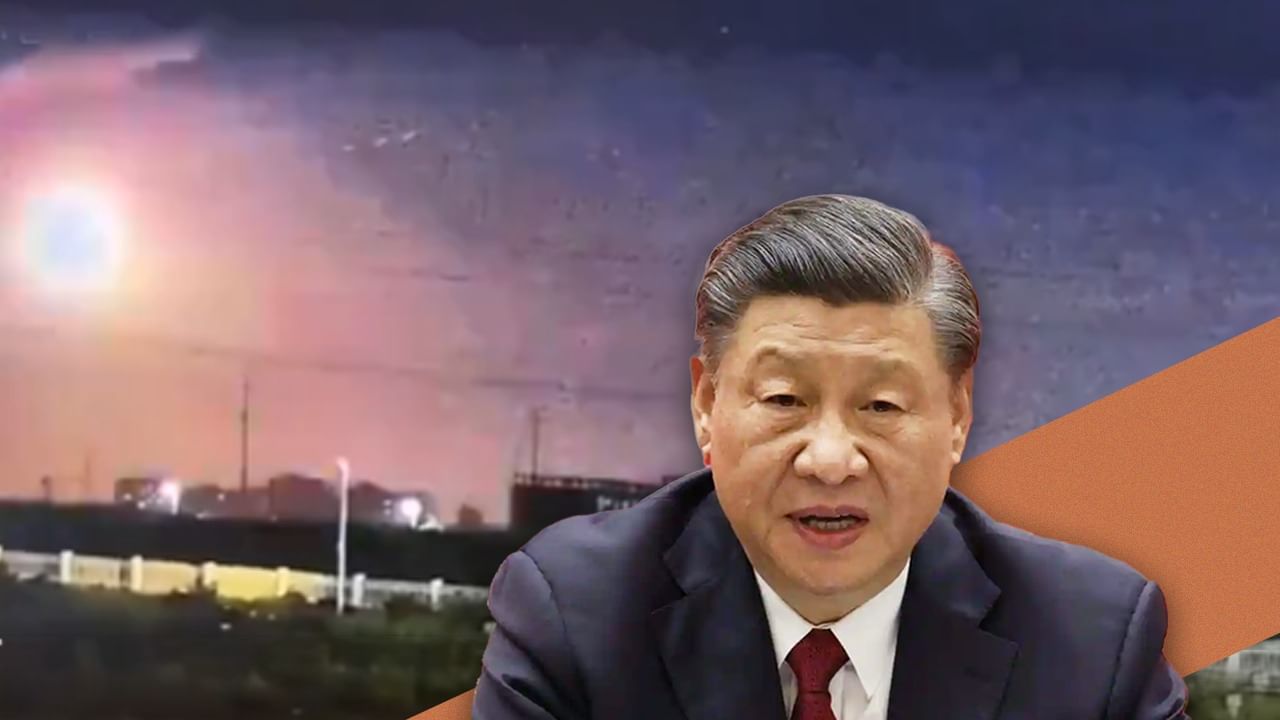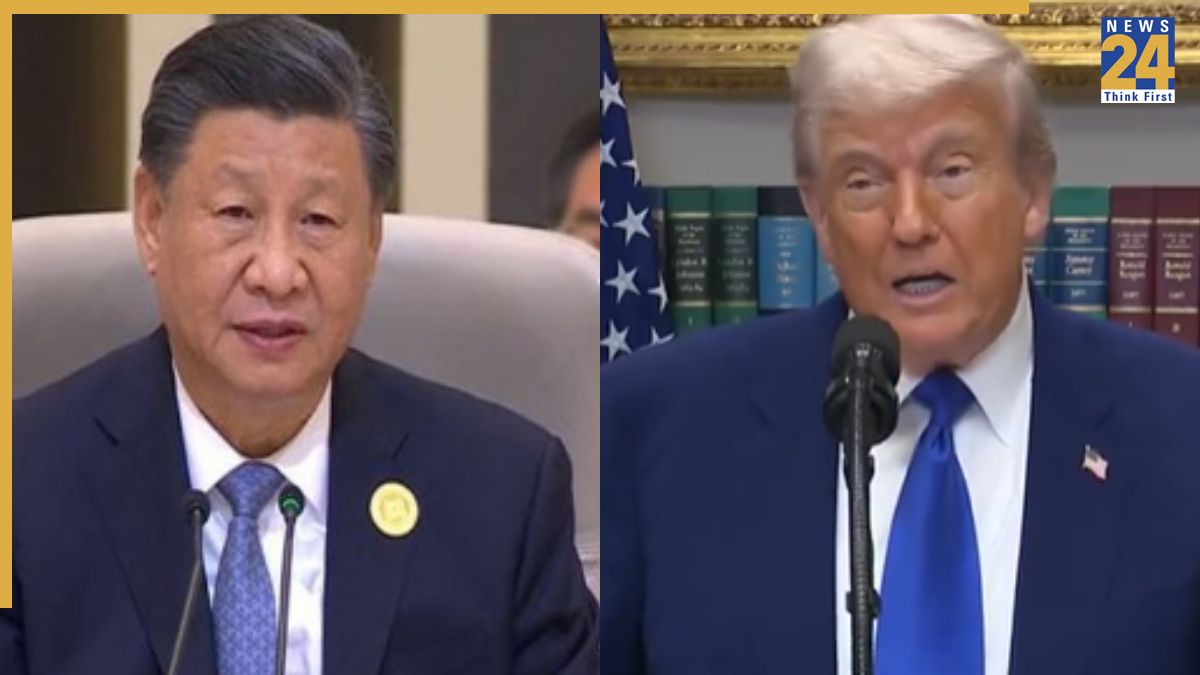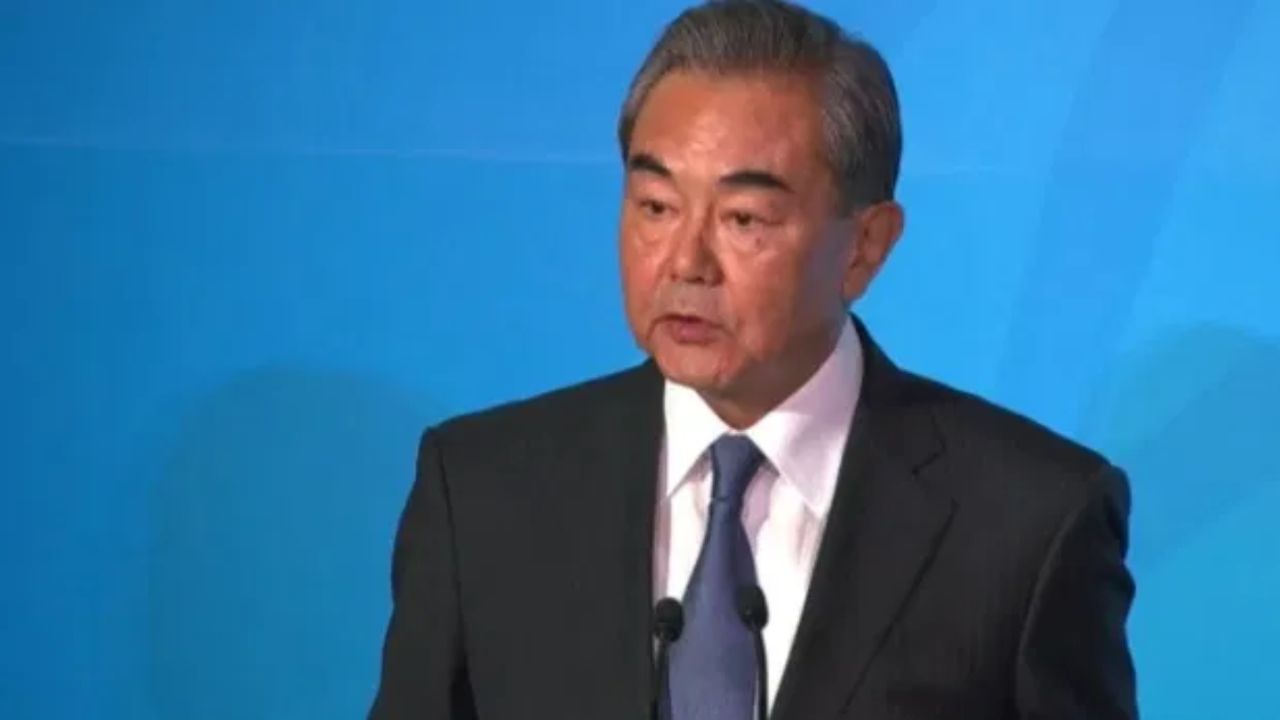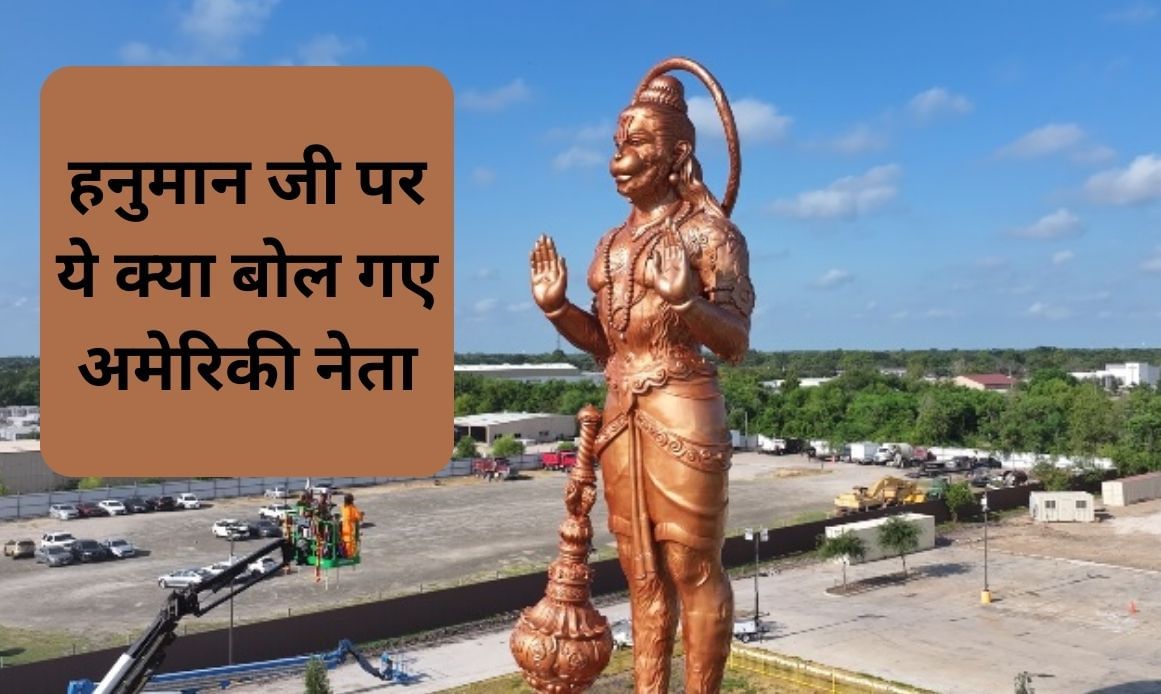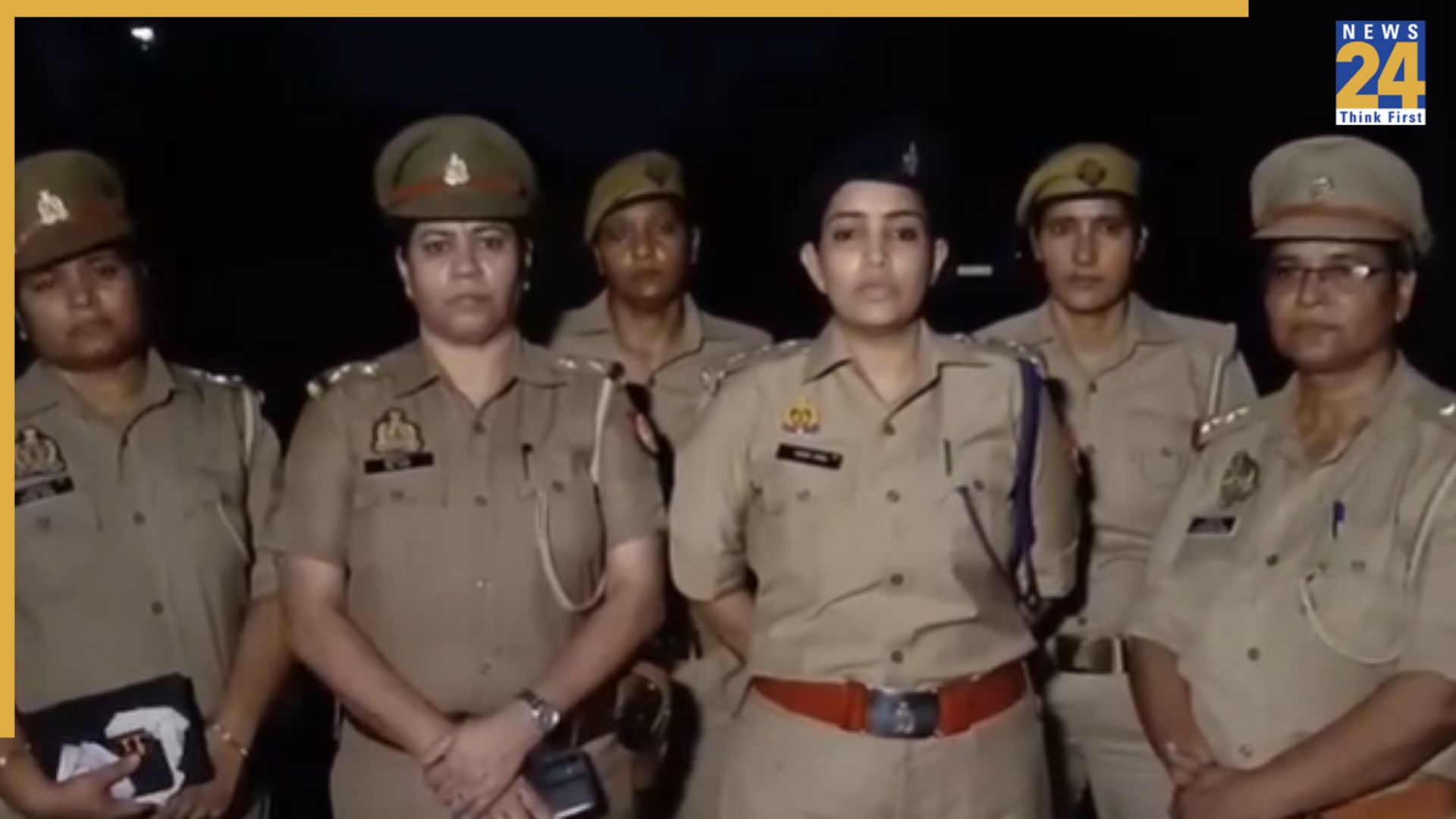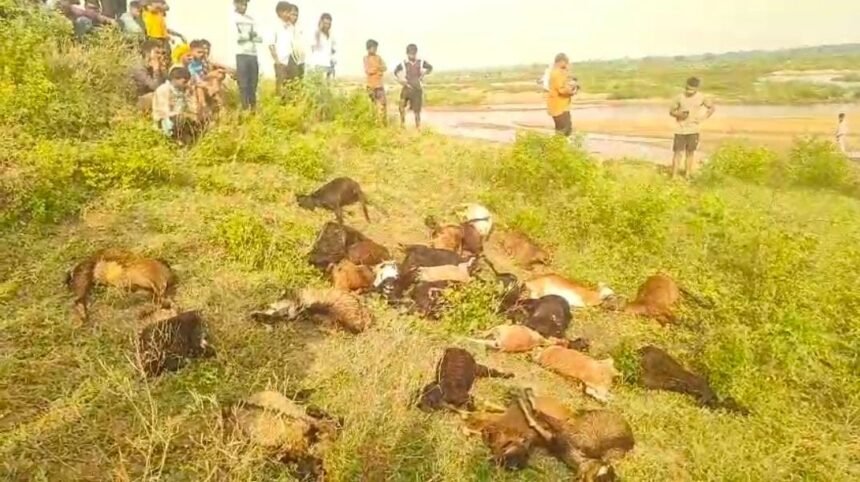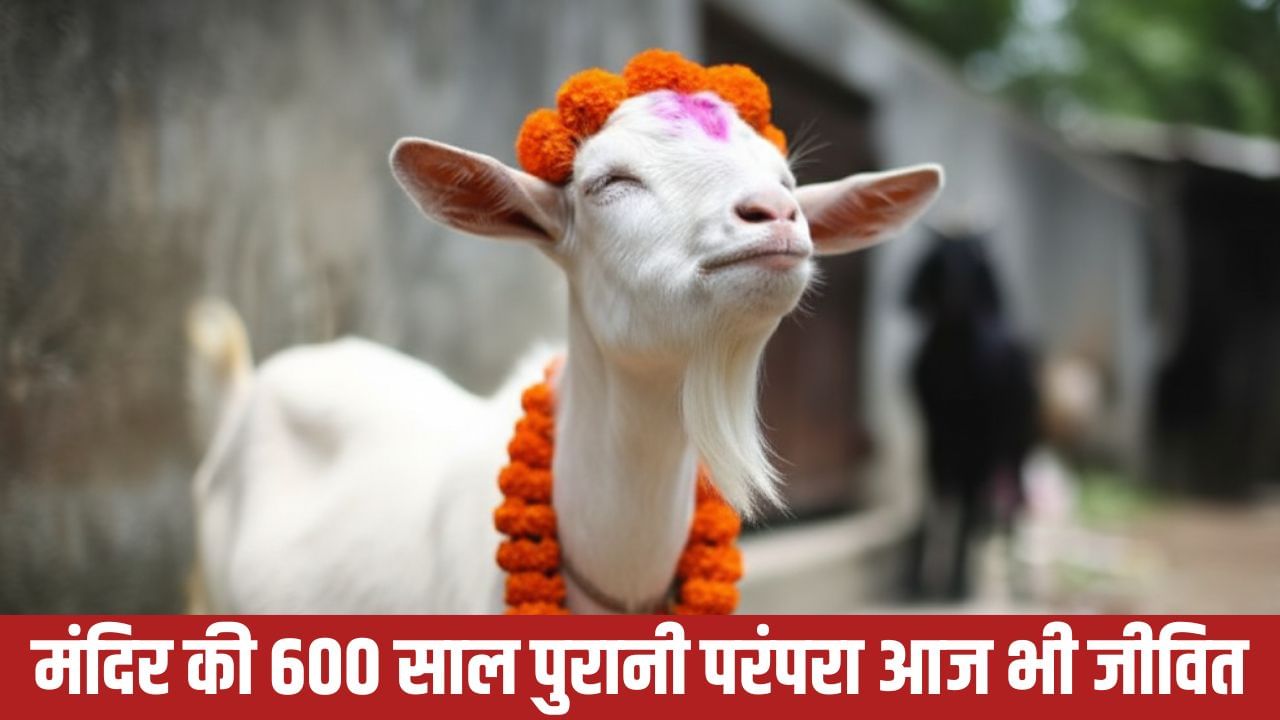Subscribe to Updates
Get the latest creative news from FooBar about art, design and business.
Browsing: China
Xiaomi is preparing to unveil its new flagship 17 series later this month. A recent video featuring the company’s president, Lu Weibang,…
Why is This Afghan Airbase So Special? It’s in the Sights of Everyone from China to America
Former U.S. President Donald Trump is reportedly seeking to regain control of Bagram Air Base in Afghanistan. Trump presented a proposal to…
Contrary to popular belief, China’s greatest adversary isn’t a nation like the United States or India, but rather the vast Taklamakan Desert.…
President Donald Trump announced that Chinese President Xi Jinping has approved the TikTok deal, allowing the video-sharing platform to continue operating in…
Former US President Donald Trump and Chinese President Xi Jinping held a phone call on Friday, which Trump described as “very productive.”…
President Donald Trump and Chinese President Xi Jinping held a telephonic conversation, as reported by Xinhua News. The call occurred against the…
The US embassy in Bangladesh has expressed its desire to deploy troops to ensure the safety of its people. However, the Bangladesh…
The proliferation of electric cars on roads signifies a shift towards reduced pollution and a vision of future transportation. However, the question…
The U.S. embassy in Delhi has announced the cancellation of visas for Indian businesspeople and their families. This action stems from their…
During a press conference with UK Prime Minister Keir Starmer in London, former US President Donald Trump reaffirmed his strong relationship with…
President Donald Trump has issued a significant report on drug trafficking and production. He has identified a total of 23 countries as…
Residents of China’s Shandong province were startled by a bright flash and a loud explosion in the night sky. The event, which…
A deal has been struck between the Trump administration and China to ensure TikTok remains operational within the United States. The agreement…
The United States showcased its intermediate-range Typhon missile system in Japan on Monday, marking its first demonstration in the country. This move…
China has reacted to former President Donald Trump’s threats of imposing tariffs. The response comes in light of Trump’s recent call for…
In response to former US President Donald Trump’s suggestion of imposing tariffs on China ranging from 50% to 100% to curb Russian…
